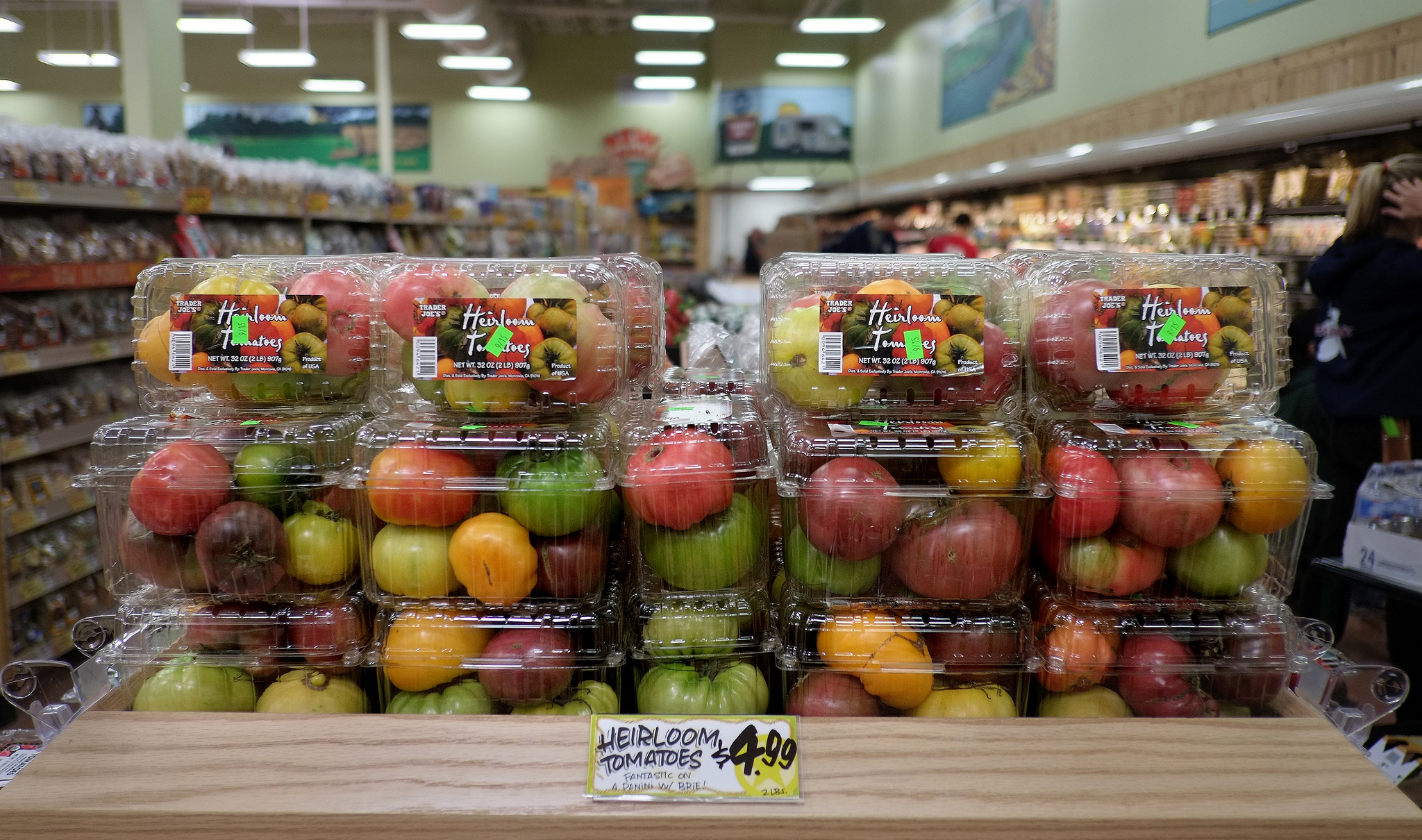It’s another classic Texas vs. California showdown: Which is better, Whole Foods or Trader Joe’s? You probably have an opinion on where you’d rather shop for your groceries – but what about when you’re shopping for a home?
Real Estate website RealtyTrac says living near either of these stores can affect your property value. Daren Bloomquist is the vice president of RealtyTrac; he sat down with the Standard to talk about how both grocery store chains affect property values.
On which supermarket is better for homeowners –Whole Foods or Trader Joe’s:
Nationwide it was kind of a mixed bag, but Trader Joe’s came out on top if you’re looking at buying a home in a neighborhood where your home is going to appreciate in value the fastest.
On differences in home value in neighborhoods with either of these stores:
When we looked at the average home values in Whole Foods neighborhoods, it was actually slightly lower than the average home values in Trader Joe’s neighborhoods. The average value of a home in a Trader Joe’s neighborhood was $592,000, whereas a Whole Foods neighborhood, $561,000. Now both of those are very high – the national average for home values across all zip codes was $262,000 – so we’re talking about both of those grocery stores are targeting more affluent neighborhoods. This may be somewhat because Trader Joe’s [is] a little bit more centered in California and some other markets.
On the downside to quick appreciation of home values:
The other side of the coin here is that the higher values in the Trader Joe’s neighborhoods home values mean that those homeowners are paying higher property taxes. On average, those homeowners are paying about $8,500 a year in property taxes, whereas in the Whole Foods neighborhoods … the property taxes are $5,400, and the property tax rate in those Whole Foods neighborhoods is less than 1 percent, whereas in Trader Joe’s is 1.4 percent. So in those neighborhoods you’re going to pay a higher cost in terms of those taxes.















